Here is teardown of 10 A DIN rail mounted miniature circuit breaker (Biltema brand)
What you see when you open the case
Turn around – circuit open/off/tripped
Device reseted to “on” position
On the left side of mechanism there is bimetallic overcurrent triggering mechanism – load current goes through bimetallic strip and heats it.
On the center there is solenoid coil for quick tripping on short circuit.
Contacts that make and break the current are on right. On bottom there are stack of metal plates that take part in breaking the high short circuit current quickly.
Related posting with more background information:
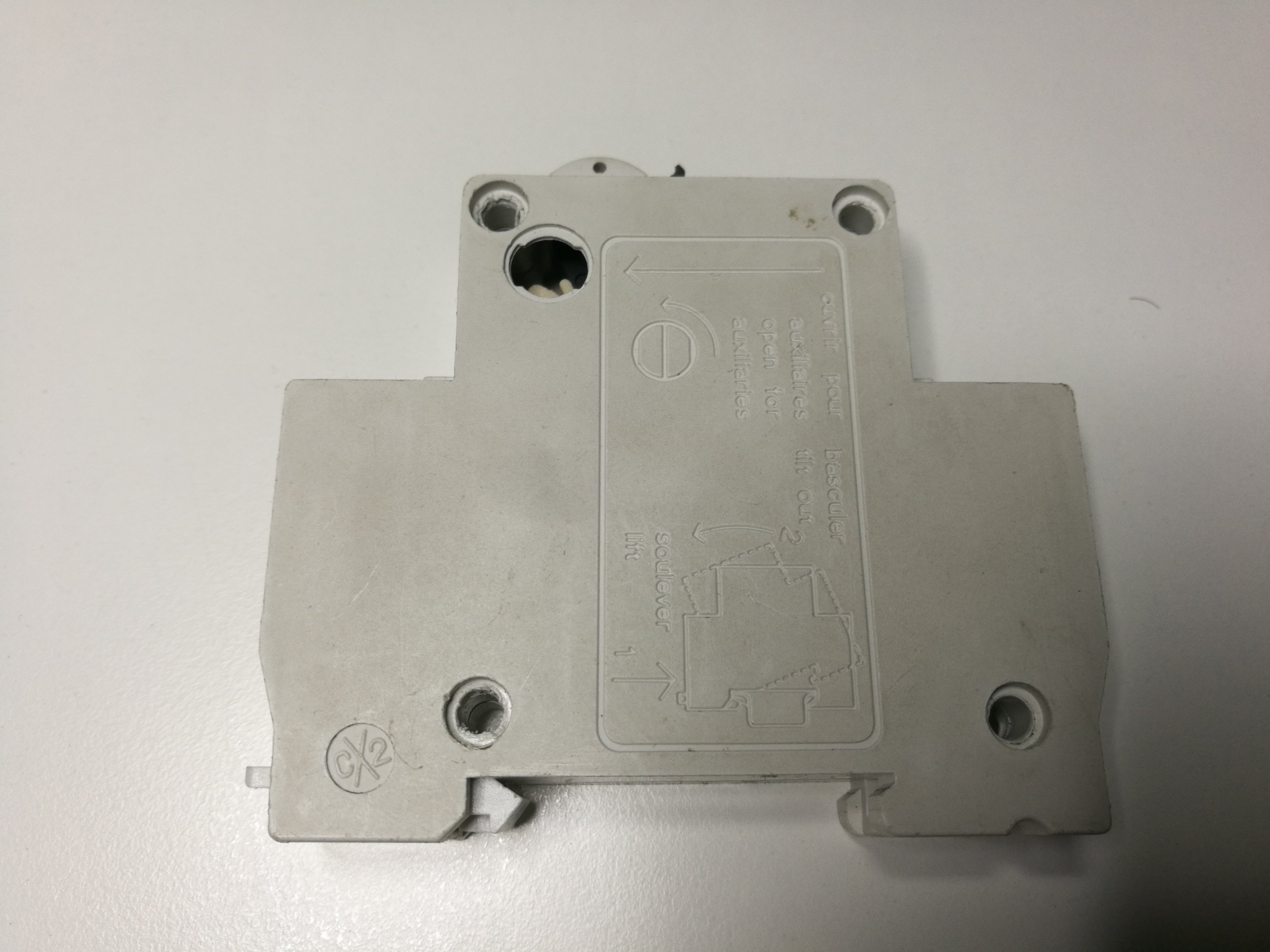
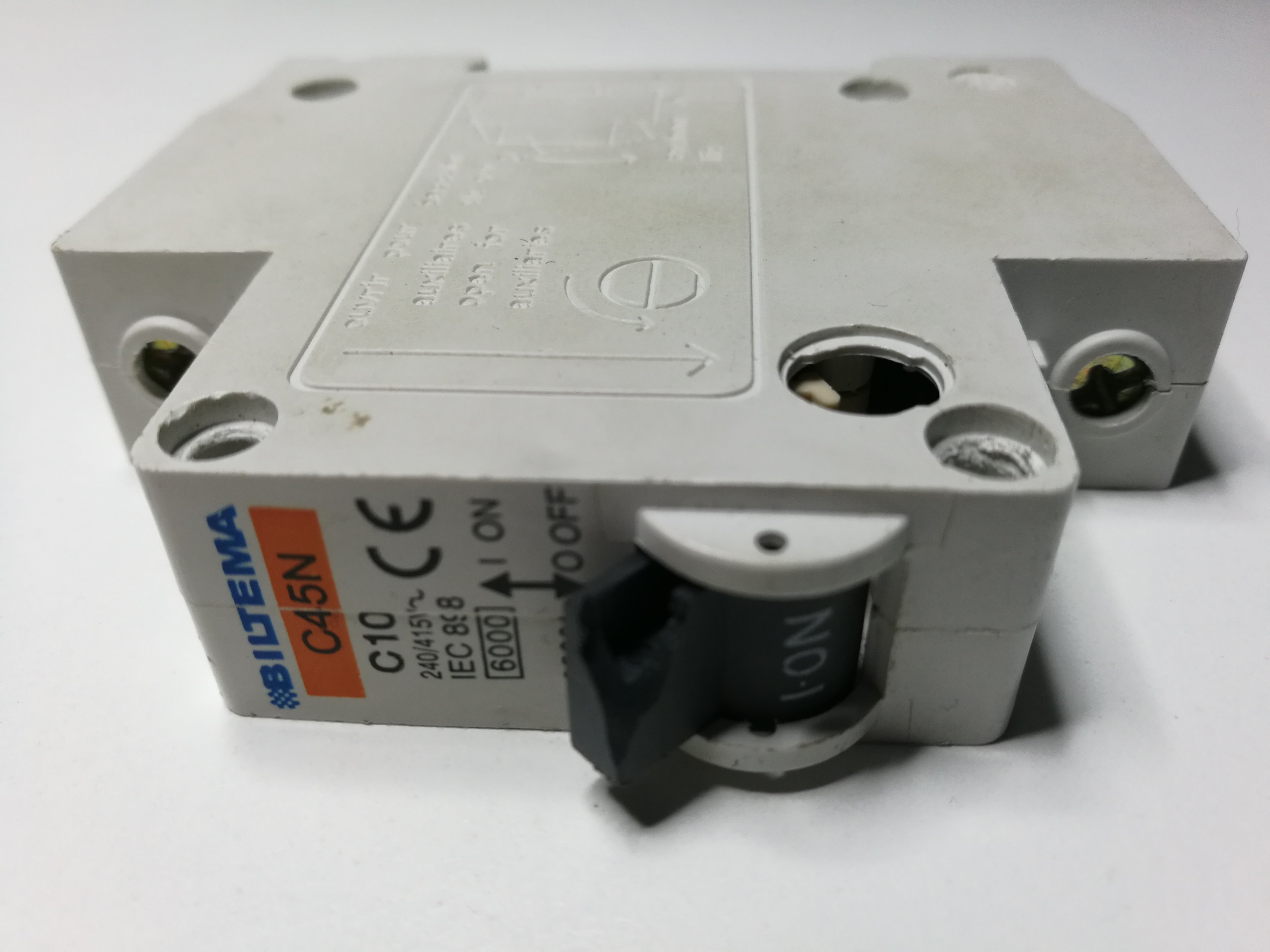
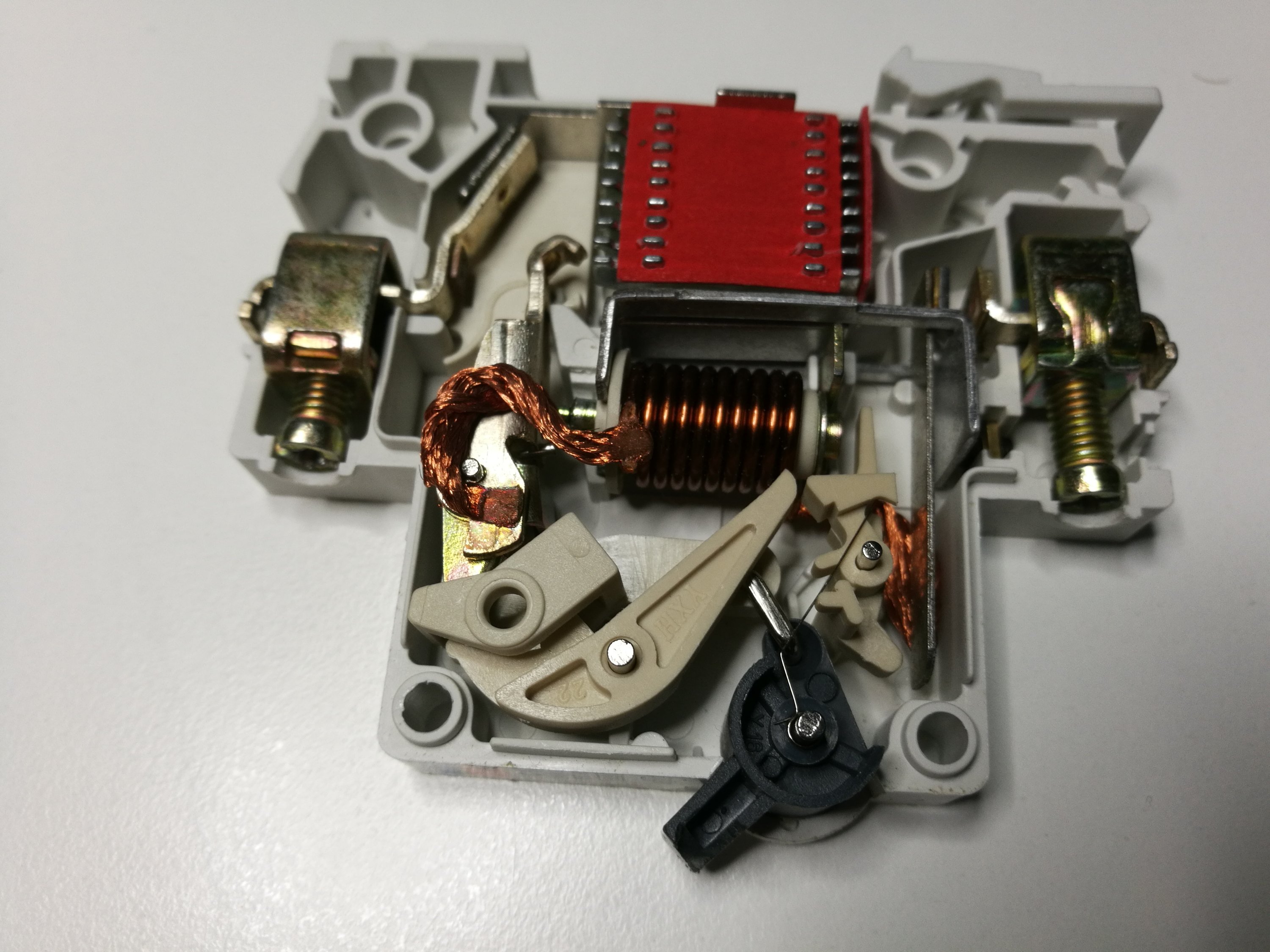
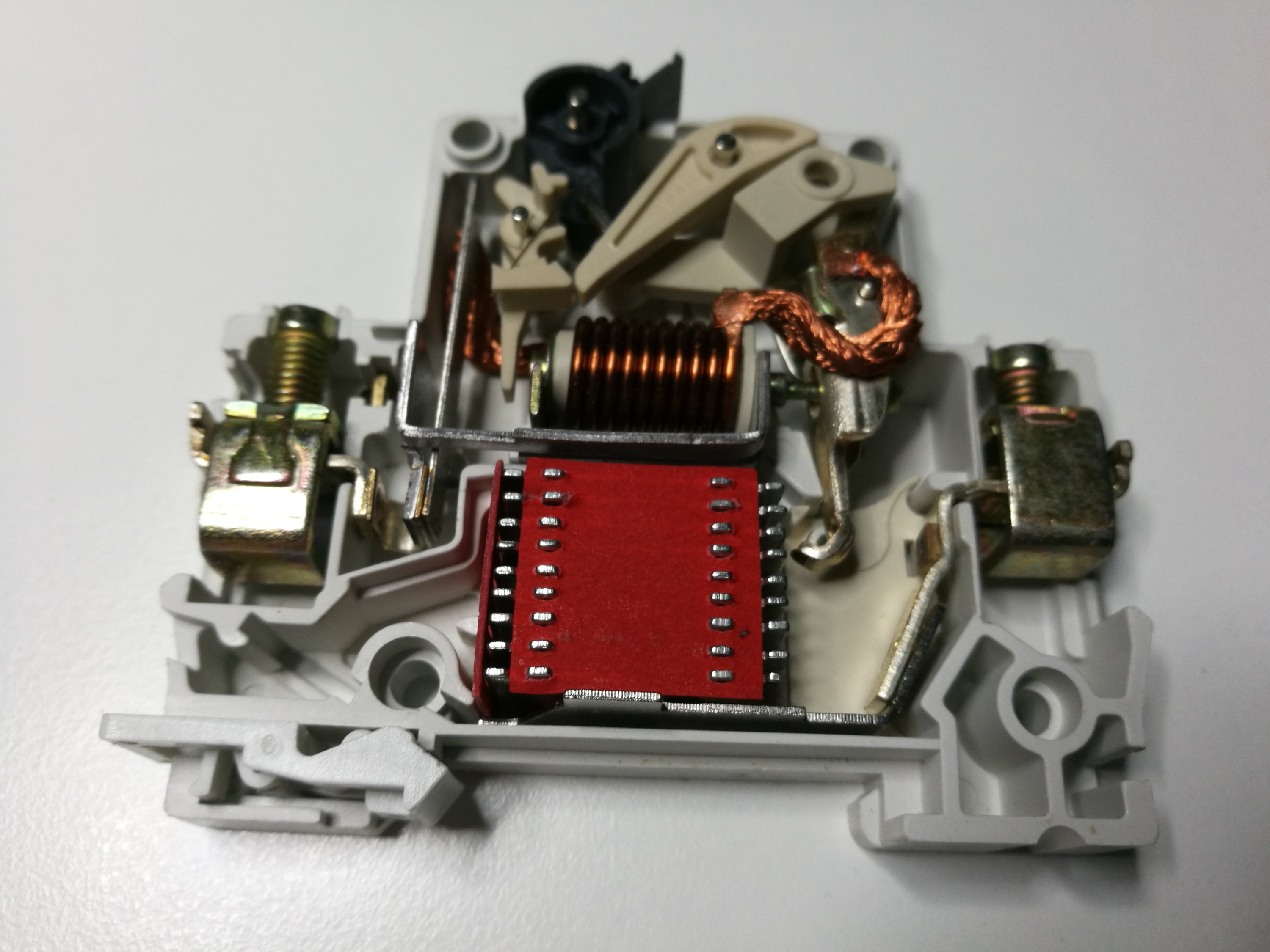
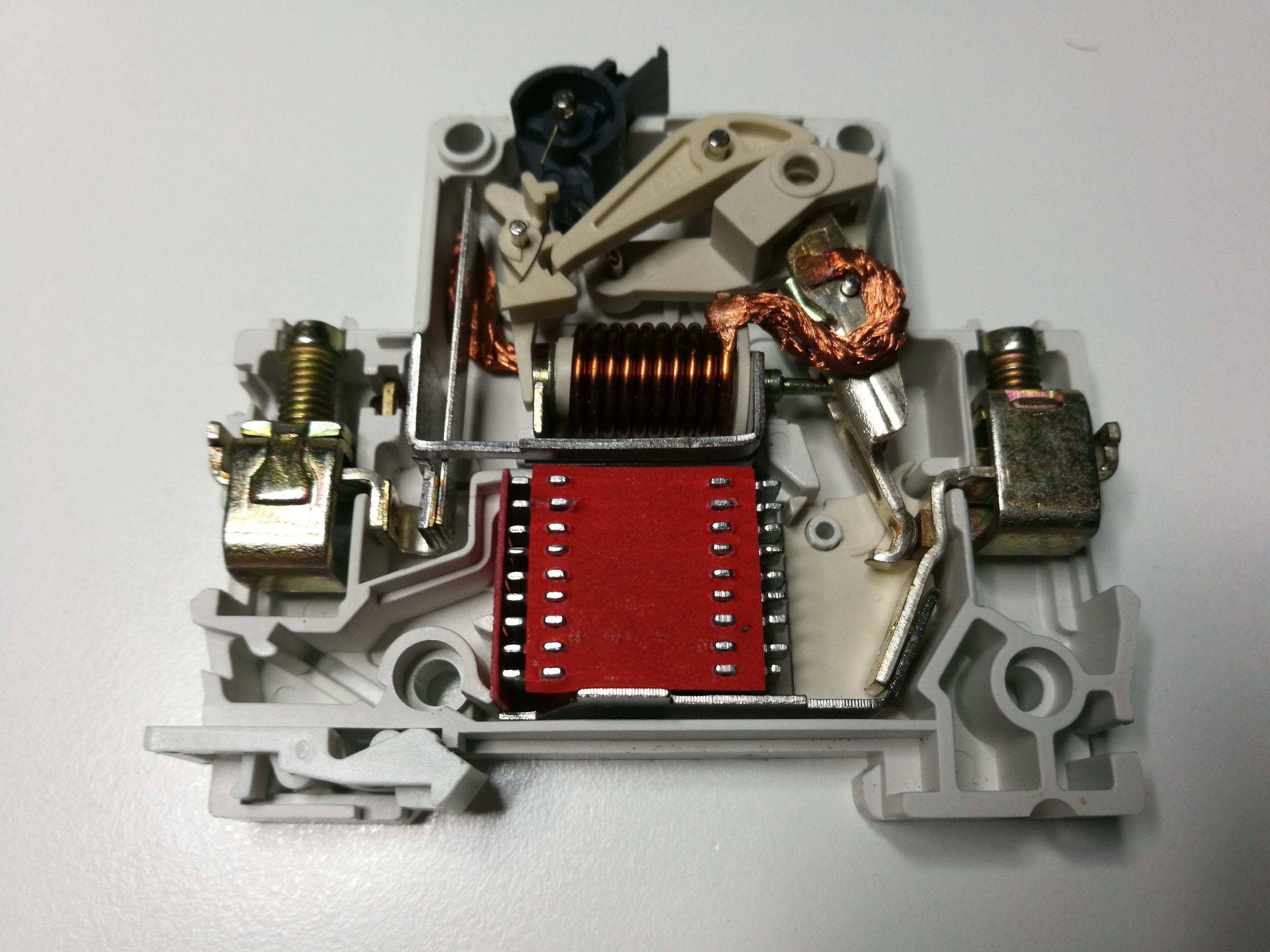
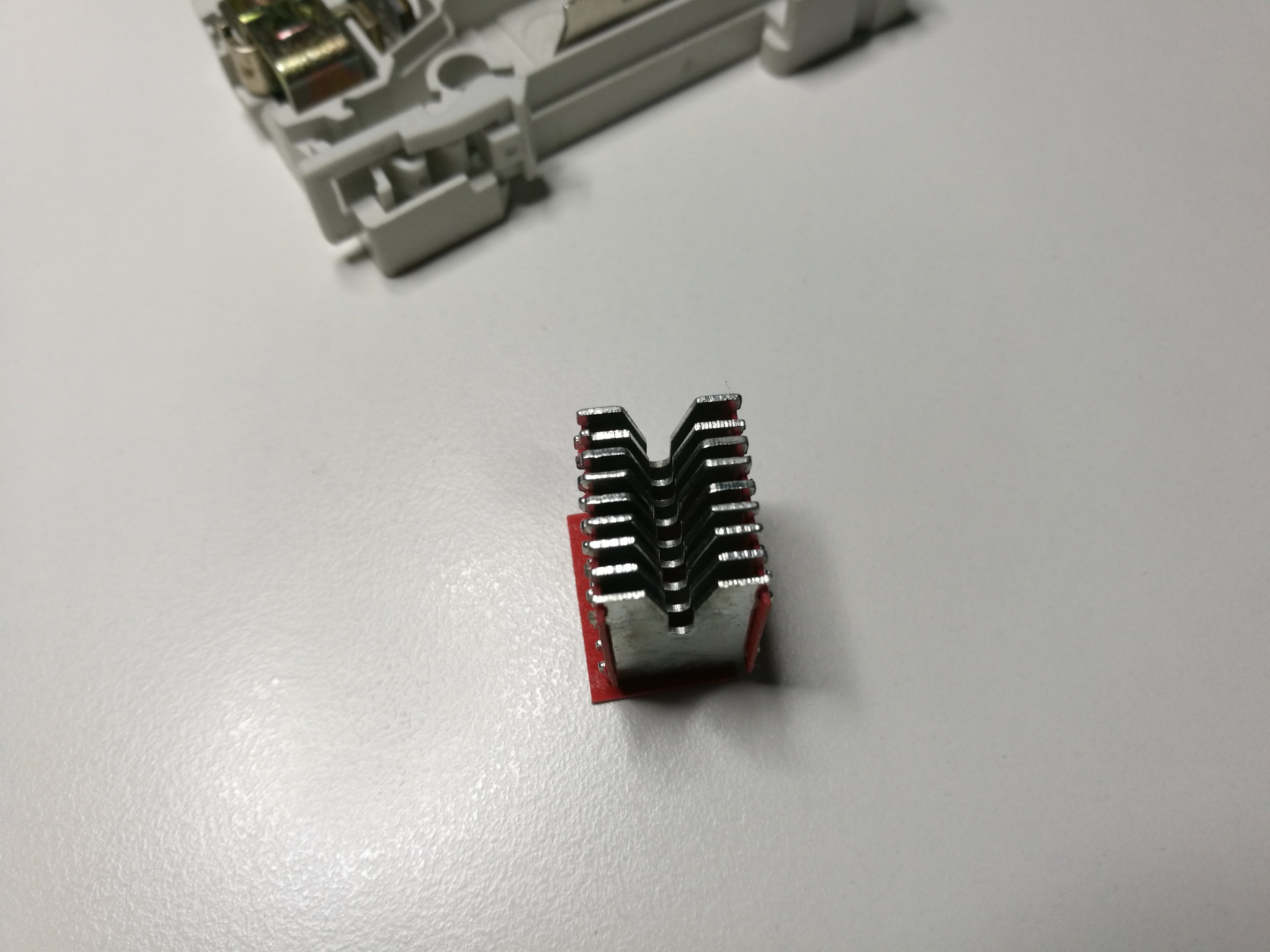
8 Comments
Tomi Engdahl says:
How a Circuit Breaker Works in Slow Motion – Warped Perception – 4K
https://www.youtube.com/watch?v=wGFnooeA6Iw
Tomi Engdahl says:
32 Amp MCB explodes
https://www.youtube.com/watch?v=9_KrpSM1qZU
Cap bank charged up to 7000 Volts DC
32 Amp 400 Volts MCB rated at 10kA is the test subject.
No surprise that it blew apart.
Tomi Engdahl says:
https://www.electricaltechnology.org/2016/02/mcb-miniature-circuit-breaker-types-construction-working-uses.html
Tomi Engdahl says:
With a constant current source, a multimeter, and some clever maths, Kerry Wong’s experiment shows that ratings aren’t always to be trusted.
Kerry Wong Demonstrates a Process for Reliable Non-Destructive Testing of Single-Use Fuses
https://www.hackster.io/news/kerry-wong-demonstrates-a-process-for-reliable-non-destructive-testing-of-single-use-fuses-2d910de7374a
With a constant current source, a multimeter, and some clever maths, Wong’s experiment shows that ratings aren’t always to be trusted.
Kerry Wong has published the results of an experiment into non-destructive testing of single-use fuses — getting to within 10-20 percent of current required to cause a fuse to fail without damaging it in any way.
“This non-destructive testing of fuses can be accomplished by analysing the properties of the fuse material. In practice, all fuses are made of metal alloys with positive temperature coefficients. Although we do not know the actual composition of a given fuse material and thus do not know the exact temperature coefficient or the melting point precisely, we can use [a mathematical equation] to calculate the maximum current rating of a fuse with reasonable accuracy as when the current approaches the maximum, the thermal run-away causes the fuse resistance to rise exponentially and thus once the resistance doubles, it only takes very little current increment for the fuse resistance triple and eventually causes the fuse to fail.”
Wong has found that the majority of fuses melt at between 250 and 750 degrees Celsius, and that when the measured resistance has doubled it’s within 10 to 20 percent of the current required to make the fuse fail – providing a means of testing a fuse’s suitability without actually making it blow.
http://www.kerrywong.com/2020/04/12/non-destructive-testing-of-fuses/
Tomi Engdahl says:
Inside a totally smoked circuit breaker. What went wrong?
https://www.youtube.com/watch?v=jRpj70f_vLc
Initially I thought this breaker may have suffered heat damage from a loose connection, but it’s clearly been much more serious than that.
Tomi Engdahl says:
Inside a fake un-trippable circuit breaker.
https://www.youtube.com/watch?v=2TJEzdqtXlQ
This is uninspiring. It’s a circuit breaker that looks and feels just like the real thing, but has no fault detecting ability at all. Why would somebody even make something like this?
These fake breakers weigh 53g (2oz) per module. Typical UK breakers weigh 100g (4oz) per module. But weight is not a guarantee of functionality.
It’s made worse by the fact that there is no standard test to see if a circuit breaker is tripping at its rated current. There are specialist testers that use a low voltage transformer to test breakers, but they usually have to be removed from equipment for the test. A type C 32A breaker would also need to be tested at a minimum of 160A.
Tomi Engdahl says:
Federal Electric Circuit Breakers
https://www.youtube.com/watch?v=mi2NEVRQgFM
Some very large Federal Electric circuit breakers, from an even larger 3 phase distribution board.
Tomi Engdahl says:
Expect something like “fuse must blow within the time span of 5 secs to 2 mins for 200% rated current” and “breaker will trip in about 10 seconds if carrying 200% of current rating”